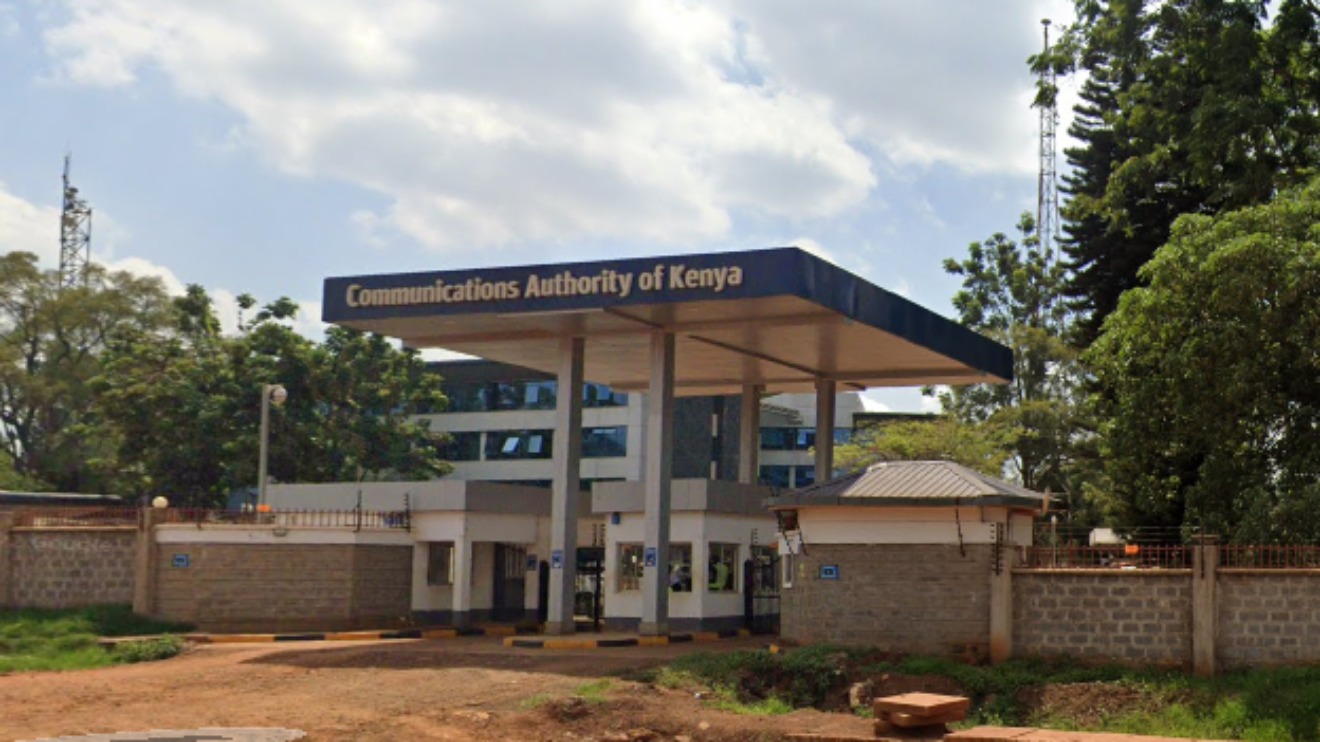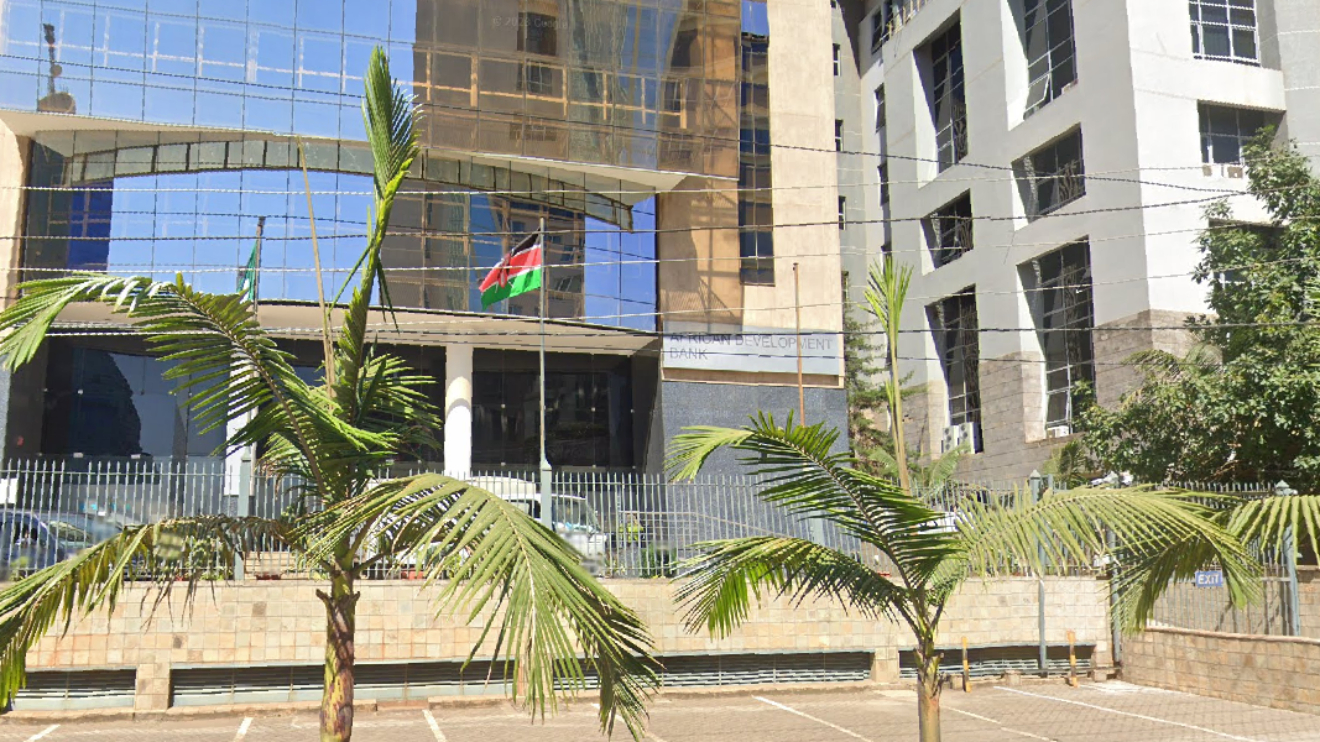A surprise twist has emerged in the government’s austerity drive as the Budget and Appropriations Committee has defied public pressure and preserved funding for the offices of the First and Second Ladies.
This decision directly contradicts President William Ruto’s pledge to eliminate these expenditures and has ignited fresh controversy over government spending.
The controversial Supplementary Budget 1, which proposed drastic cuts to the offices of the First Lady and Second Lady, among other measures, has encountered stiff resistance in Parliament.
Despite widespread public support for the President’s cost-cutting agenda, the committee, chaired by Ndindi Nyoro, has opted to retain the budget lines for these offices.
The Treasury had initially proposed to scrap a combined Sh1.25 billion allocated to the offices of First Lady Rachael Ruto and Second Lady Dorcas Gachagua as part of a wider plan to address a Sh346 billion deficit.
Read More
This move aligned with President Ruto’s promise to eliminate such expenditures following intense public backlash against the Finance Bill 2024.
“Budget lines providing for the operations of the offices of the First Lady, the spouses of the Deputy President, and the Prime Cabinet Secretary shall be removed,” the President had declared in a televised address.
However, the Committee on Administration and Internal Security, led by Narok West MP Gabriel Koshal Tongoyo, raised concerns about the potential legal implications of terminating contracts for staff in these offices.
The committee argued that such actions could result in costly legal battles.
The decision to retain the budget lines has prompted accusations of the committee buckling under pressure from the executive.
Critics argue that the move undermines the government’s commitment to fiscal discipline and public accountability.
As the Supplementary Budget continues its journey through Parliament, the fate of the First and Second Ladies’ offices remains uncertain.
The committee’s decision has introduced a new layer of complexity to the ongoing debate over government spending, with far-reaching implications for both the administration and public perception.

-1721918175.jpg)







 shares a light moment with the company's Group CEO Dr Patrick Tumbo (right) at a past event-1758121528.jpeg)
-1758116028.jpeg)

